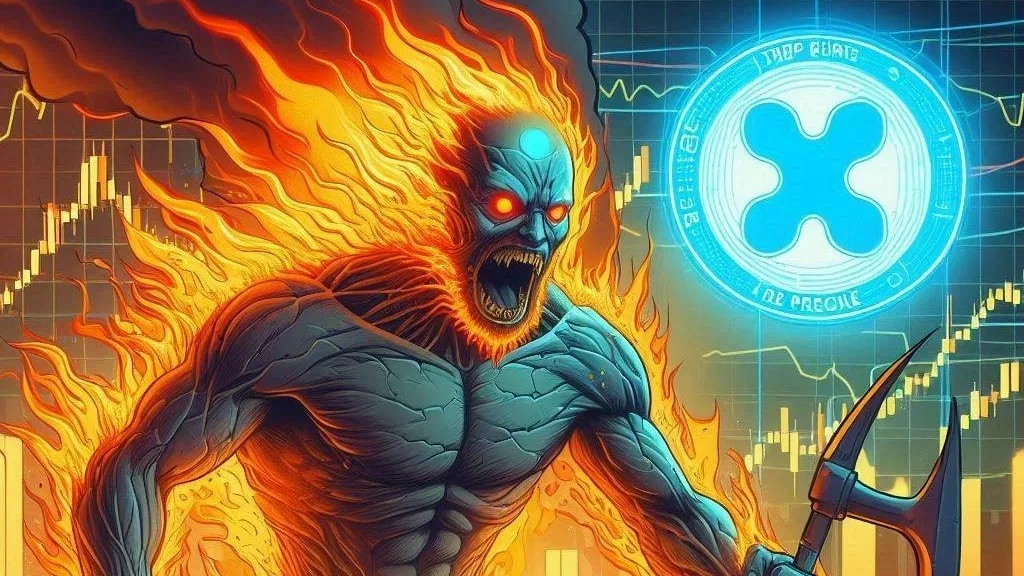
Bitcoin (BTC) markets have been under pressure recently, with a surge in exchange inflows and significant sell-off activity. This occurred alongside global market turbulence triggered by U.S. President Donald Trump’s declaration of new tariffs, which rattled risk assets worldwide. As a result, Bitcoin experienced a sharp price decline and an interesting trend emerged, indicating that whales may be preparing to exit the market.
Between April 3rd and 4th, Bitcoin markets saw notable unrest, with long-dormant coins moving and major fluctuations in price. During this period, Bitcoin’s price fell sharply from $88,500 to around $81,000 before recovering slightly to $83,000 at the time of writing. This drop came amid growing fears fueled by Trump’s tariff shock, which affected global markets and pushed investors to make adjustments to their portfolios.
In an unusual move, Bitcoin saw a significant increase in inflows to exchanges, particularly Coinbase. According to data from CryptoQuant, a single block on Coinbase recorded a massive 2,500 BTC inflow. This suggests that large holders, or “whales,” may have been preparing to sell. Typically, such large inflows to exchanges are considered bearish signals, as they indicate that holders are moving their assets from cold storage—where they are typically held long-term—into exchanges for possible liquidation.
Along with the 2,500 BTC inflow, whale wallets transferring between 10 and 100 BTC in single moves were observed across multiple exchanges, further confirming the bearish sentiment among major holders. These coordinated movements were likely a reaction to Trump’s tariff declaration, which had a broad impact on global financial markets.
Another key indicator of the market’s stress was the movement of long-dormant Bitcoin. Over 1,057 BTC, aged between 7 and 10 years, were spent for the first time in years. This unusual activity pushed the Spent Output Age Bands metric above the 50 threshold, signaling that long-term holders were reacting to the increased market volatility.
Dormant coins are typically held by long-term investors who are less likely to sell their assets during market fluctuations. The fact that such coins were moved during this period suggests that even the most patient investors were feeling the effects of macroeconomic uncertainty and were potentially taking profits or reducing exposure to the market.
In addition to the movements from long-term holders, more than 18,930 BTC from holders aged 1 to 18 months were moved on-chain. These transactions were not just from whales but also from newer market entrants, indicating that the broader retail market was also reacting to the turbulent conditions.
As Bitcoin’s price fluctuated, derivatives exchanges also saw an interesting anomaly. On Bybit, the Taker Buy/Sell Ratio spiked to 5.3, meaning that aggressive buyers placing market buys significantly outpaced sellers. This imbalance in the market suggests that some traders were betting on a quick price rebound, while others were simply looking to take profits from the sell-off.
This surge in buying activity, coupled with large inflows to exchanges and the movement of dormant coins, paints a picture of a market in transition. While some holders were looking to exit, others were positioning themselves for potential future gains.
Bitcoin’s swift response to Trump’s tariff statement highlights the cryptocurrency’s sensitivity to macroeconomic events. Although Bitcoin is often considered a hedge against inflation and economic instability, its volatility is still heavily influenced by global risk factors, especially in the short term. The rapid outflows, the movement of dormant coins, and speculative trading indicate that the market is still in a phase of adjusting to external shocks.
However, analysts have noted that ongoing geopolitical instability could eventually lead to a weaker U.S. dollar, which might drive future demand for Bitcoin as an alternative store of value. For now, the market is focused on short-term positioning adjustments, but the long-term outlook remains uncertain.
The massive inflows to Coinbase, the movement of dormant coins, and the flurry of selling from short-term holders all suggest that Bitcoin markets are undergoing a period of adjustment. While some whales appear to be preparing to exit, others are positioning themselves for future price movements. The market remains highly sensitive to macroeconomic events, and Bitcoin’s price is likely to continue fluctuating as investors react to new developments. As the situation unfolds, traders and investors alike will need to keep an eye on these signals to gauge the next move for Bitcoin.


Get the latest Crypto & Blockchain News in your inbox.